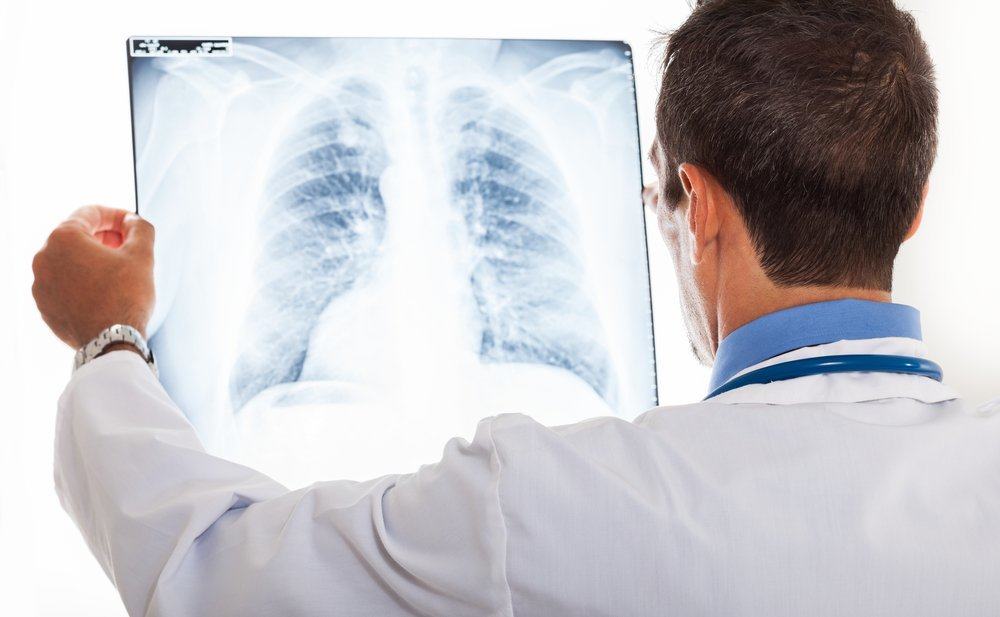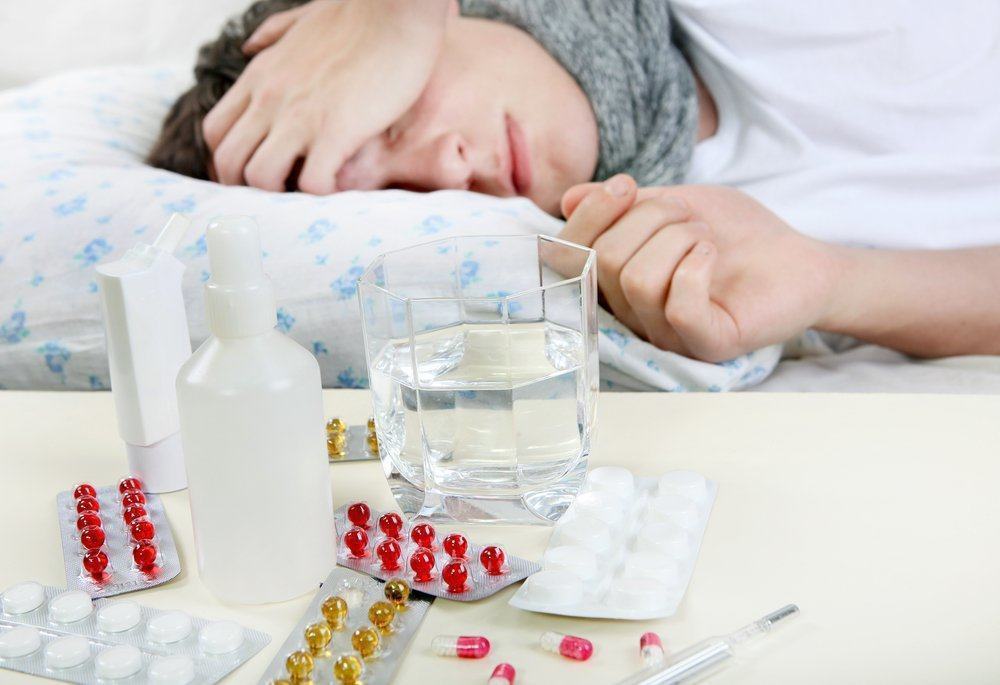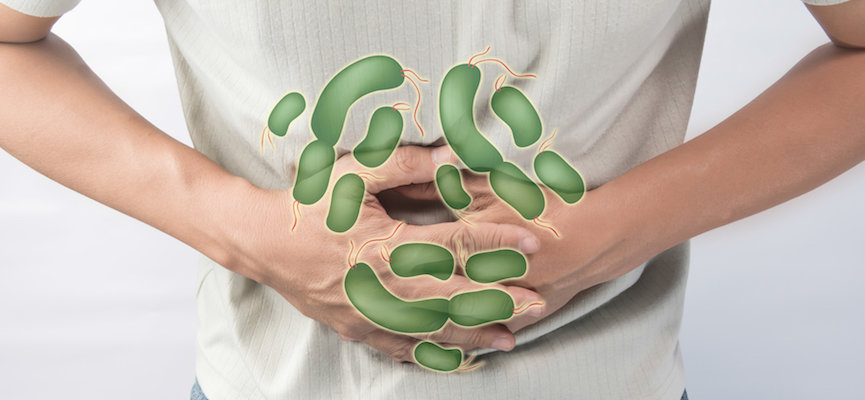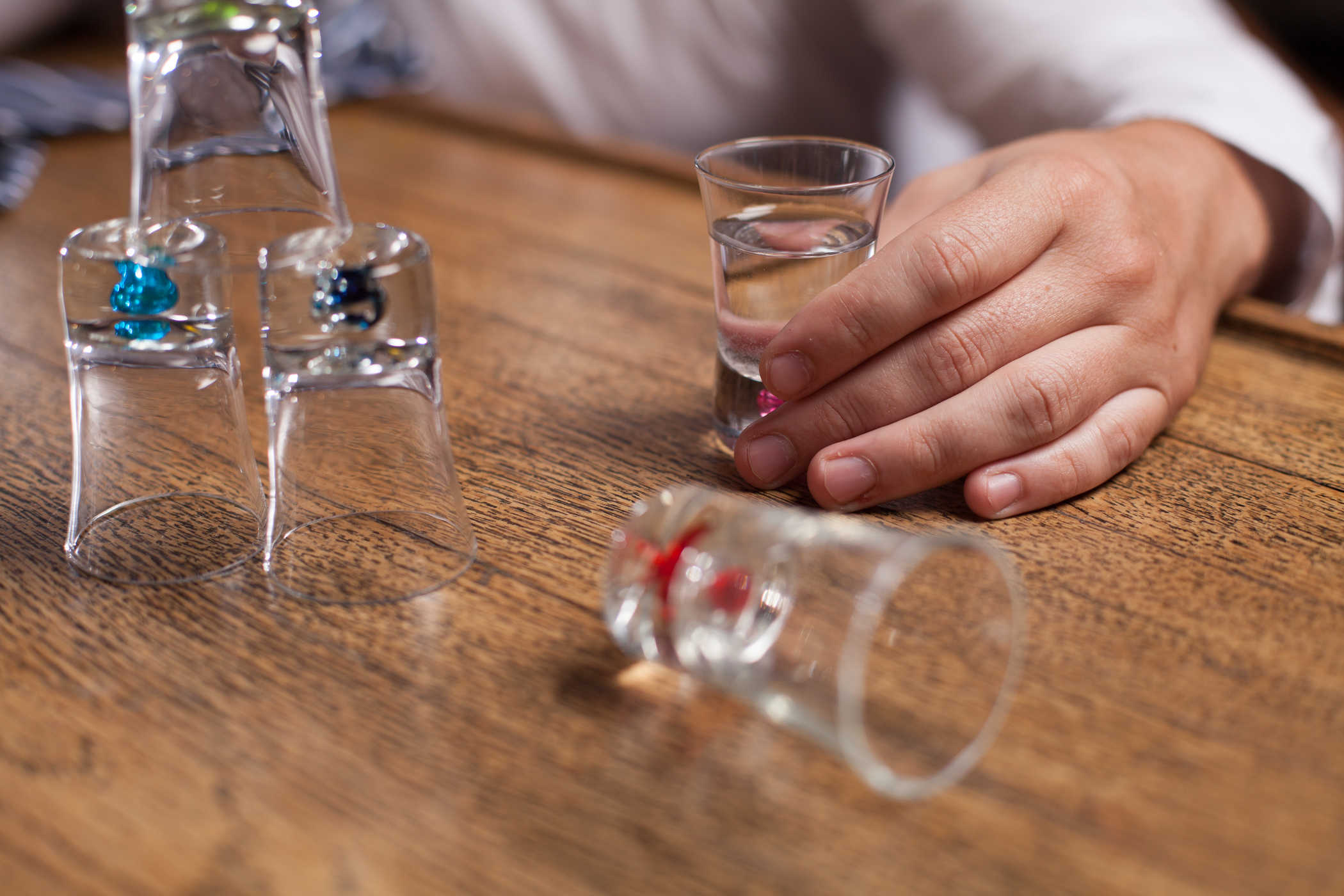Contents:
- Medical Video: What Urine Color Indicates About Your Body
- 1. Carotenemia
- 2. Cirrhosis
- 3. Hepatitis
- 4. Hemochromatosis
Medical Video: What Urine Color Indicates About Your Body
If you follow developments in international politics, especially the presidential election that was just held a few days ago in the United States, you might notice that there is something strange in your eyes. No, not because this time the United States has a strong female presidential candidate for the first time. Not also because this election was won by a businessman whose career in the political world had not been widely known to the public before. Many people actually feel more curious about the reason why Donald Trump, the 45th elected president of the United States has orange skin.
Many even argue whether Donald Trump's skin shows a tinge of yellow, orange, or red. Because, every time a successful businessman who swerves into the political world appears in public, his face makeup often covers the original color of his skin. However, most people in the United States and the world agree that Donald Trump's skin is orange. Then what causes Donald Trump's skin to look orange? Does that only happen to Donald Trump or is the orange skin phenomenon a fairly common condition?
Although many people do tanning or sunburn will get a slightly orange and red skin, it turns out, orange skin color can appear as a symptom and sign of a particular disease. Check out some of the following diseases that can cause your skin color orange like Donald Trump's face.
1. Carotenemia
Carotenemia is a medical condition caused by excess carotenoids in the blood. Carotenoids themselves are a kind of yellowish organic pigment that can be found in natural food such as red, orange, yellow, and green fruits and vegetables. The ingredients that carry these pigments are alpha and beta-carotene, lutein, zeaxanthin, and lycopene.
If you eat too much fruit and vegetables with the ingredients mentioned earlier, the carotenoids will be stored in the blood. If it's too much, the skin layer will begin to receive the pigment intake. This is what causes the skin to turn yellow, orange, or reddish. Fruits and vegetables that are rich in carotenoids include carrots, tomatoes, sweet potatoes, cucumber suri, and pumpkin.
Generally carotenemia is not harmful. People who experience this skin disorder will be advised to change their diet. For example, by reducing consumption of foods containing carotenoids. You are also usually asked to temporarily stop taking supplements containing beta-carotene. After that, your original skin color will usually recover.
2. Cirrhosis
Orange-yellow skin can be a symptom of various diseases that attack the liver (liver). These skin discoloration occurs because the levels of bilirubin are too high in the bloodstream. Increased bilirubin levels alone indicate inflammation or other disorders of the liver cells. In the case of cirrhosis, the cause is healthy liver tissue replaced with damaged tissue. As a result, liver function is disrupted.
Other symptoms that you should pay attention to are weakness, the color of urine or urine becomes dark, a distended stomach due to swelling of internal organs, nosebleeds, vomiting of blood, frequent thirst, and itching. Treatment and treatment given depends on how much damage occurs to the liver. Usually the treatment offered only serves to prevent or slow down further liver damage. So, if you experience these signs, immediately contact a health facility and consult a doctor.
3. Hepatitis
This disease can be caused by various things. For example liver inflammation due to viral infections, autoimmune hepatitis, or side effects from the consumption of drugs, drugs, toxic substances, and alcohol. Based on the virus causes, hepatitis is divided into 5, namely hepatitis A, B, C, D, and E.
People who suffer from hepatitis will show flu-like symptoms and other symptoms such as skin color turning yellow like Donald Trump's skin, weakness, loss of appetite, abdominal pain, and drastic weight loss. Treatment for hepatitis varies. Usually hepatitis caused by a virus will be treated by prescribing antiviral drugs. For autoimmune hepatitis the treatment can be therapy, liver transplantation, or drugs that will help control your immune system. Meanwhile, hepatitis due to side effects of certain substances will be given treatment to reduce symptoms.
4. Hemochromatosis
Another possibility is that your skin changes like skin color Donald Trump is a disease of hemochromatosis. This disease is a genetic disorder in which the body absorbs too much iron. This iron will be stored in body parts such as the liver, pancreas, skin and joints. If the iron in your body runs towards the skin, the results will also appear on the surface of your skin, which is the color of the skin turns brownish orange.
To treat hemochromatosis, you usually need to go through certain procedures to reduce the amount of blood that contains too much iron. You will also be advised to undergo therapy. In addition, a change in diet that is lacking in iron is one of the treatments you need to do.
Image: Albert H. Teich / Shutterstock.com
READ ALSO:
- Dysesthesia, a disorder that makes skin painful when touched
- 9 Foods That Can Make Skin Brighter
- 10 Important Facts About Hepatitis in Indonesia












